Panipat is a place in northern India and about 60 miles north to Delhi. It is famous for hosting 3 great battles in different timelines. But the Third Battle, perhaps, having the greater significance among the other two battles of Panipat. It eventually stopped the Maratha dominance in North India for next 10 years. This is why the war is considered as one of the game changing historic battles in India.
Third Battle of Panipat: Timeline and Opponents
Third battle of Panipat was fought on 14 January, in the year 1761, between the Maratha Army and Ahmad Shah Abdali. The invading Afghan ruler Abdali, also known as Ahmad Shah Durrani, formed a joint army with Rohilla Afghans of Doab and Nawab of Awadh. Had this joint alley couldn’t form, the consequences of the battle could have been completely different.
On the other hand, Shadashiv Rao Bhau was leading the Maratha army. The Maratha army consisted of 50,000 to 60,000 soldiers with 150,000 to 200,000 non-combatants.
Probably, this one day clash between these two sides resulted maximum casualties of 18 century in a single day.

Reasons of the 3rd Battle of Panipat
Rise of the Maratha Empire
The 27-year Mughal-Maratha war (1680–1707) had ended after death of Mughal emperor Aurangzeb in 1707 CE. But it already had caused a huge territorial loss of the Maratha Empire. However, the trend of Mughal succession, completely process reversed following few years. The Marathas quickly started recapturing their territories. During the reign of Peshwa Baji Rao, Gujarat, Malwa and Rajputana came under Maratha control.
The Marathas further continued capturing various parts of Mughal Empire. The invasion of Nadir Shah in 1740 had forced the Maratha Empire to consider the strategic importance of Punjab also. The same year, Peshwa Baji Rao died. Therefore, his son Balaji Baji Rao, was appointed as new Peshwa of Pune. He continued the rivalry and took a considerable part of Agra and Delhi under control of the Maratha Empire.
Finally in 1755, Raghunath Rao had captured and imprisoned Mughal Emperor Ahmad Shah Bahadur. Then they put their puppet ruler, Alamgir II, at the throne of Delhi.
Conflict with Durrani Empire
By the end of 1758, Ahmad Shah Durrani started preparing for another invasion to India. Therefore, it became essential to protect Delhi from another invasion. Hence, Peshwa Balaji Baji Rao sent Raghunath Rao and Malhar Rao Holkar to North India. Finally in 1758, the Marathas invaded Punjab and further captured Lahore, Multan and Attock. It brought direct conflict with Durrani Empire in Punjab.
The two sides collided several times plundering each others’ troops. Raghunath Rao was handling the northern command for the Maratha Empire then. A Letter from Raghunath Rao to Peshwa in May 1759, stated they had plundered Durrani’s troops badly. It forced Ahmad Shah Abdali (Durrani) and his son, Timur Shah Durrani had to set back to Kandahar.
But it forced Ahmad Shah Durrani to rearrange the enforcements against the Maratha Empire ruling in Northern India. Abdali regathered his army, with the Afghan and Baloch tribes to strike back to the Maratha Garrisons. He had operated troops and achieved a considerable success to uproot the smaller Maratha troops.

The Preparation for the Battle
Ahmad Shah Durrani was good to realize that he would need more enforcements. His own army was never going to be enough against the Maratha Empire. Therefore, he started approaching the Rohilla Afghans already ruling the Rohilkhand area. The Rohilla Afghans agreed to join Durrani’s alliance against the Marathas.
Not only that, Abdali was extremely successful in convincing other Muslim rulers in North India.
Shuja-ud-Daulah Joining the Alliance of Abdali
The biggest success of Abdali in 3rd Battle of Panipat was convincing Shuja ud Daulah, the Nawab of Awadh. Marathas earlier supported Nawab Safdar Jang of Awadh, father of Shuja ud-Daulah against the Rohillas. Further, Marathas had denied Maharaj Surajmal Jat as they wanted Shuja ud Daulah to become the governor of Delhi. The 50000 cavalry of Shuja could be a great asset for the Marathas.
Shuja being a Shia Afghan, had a community clash with other Sunni Muslim communities. However, Ahmad Shah Abdali was clever enough to convince Shuja ud Daulah to join his ‘Army of Islam’. It was Shuja ud Daulah who mostly financed most of the Afghan stay in India; and of course for the battle.
Maharaja Surajmal Jat and His Silence
On the other hand, the denial to Maharaja Surajmal created enough doubt in the Jat-Maratha relation. Arguably, it was the primary reason why Maharaja Surajmal did not participate in the third Battle of Panipat. However, according to few historians, Maharaja was kind enough to provide sufficient assistance to the third war of Panipat. It was a great failure of diplomatic approach of Maratha Empire after 1740s.
Denial from Raghunath Rao
Raghunath Rao was actually supposed to go for another expedition to counter the invasions of Ahmad Shah Abdali. But this time, he asked for a lot of money and army. Sadashiv Rao Bhau, his cousin brother and the Diwan to the Peshwa, denied his unrealistic demand. Therefore, not so much options left, Sadashiv Rao Bhau was made the Chief Commander of Maratha Army.
Battle of Kunj Pura
The Marathas had started their journey from Patdur in the mid of March 1760. They three and half months to reach Delhi. However, they started approaching towards the north through the western bank of river Yamuna. During this period they captured an Afghan garrison in the Battle of Kunj Pura on 17 October 1760.
Abdali Crossing the Yamuna
By the time, Abdali was already already approaching Delhi through the other side of Yamuna. When the Maratha army got the news, they also started coming down towards Delhi. Abdali was clever enough to take a calculated risk to stop the Maratha proceedings. On 25 October 1760, he crossed Yamuna river at Baghpat. It eventually cut off the supplies of Maratha troop from their base, Delhi.
The siege continued for more than two months. During this period, the Marathas also tried to cut the supplies of the Afghan allies. But to their fate, Abdali was much more effective in executing the approach.
The Maratha troop consisted of 250,000 to 300,000 people including 150,000 to 200,000 non-combatants. By the end of December, they completely ran out of food. Their endless starvation didn’t have any visibility. Hence the Maratha soldiers chose to die in the battle field, rather in starvation. They finally convinced Shadashiv Rao Bhau on 13 January 1761. On the next morning, the Maratha army started approaching the Afghan camp.
The Day of Battle
On morning of 14 January 1761, the Maratha troops took position early in the morning. They pushed their artillery ahead and kept their cavalry and bowmen behind in reserve. The Afghans on the other side, seeing the battle was on, opened fire from their heavy canons. Ibrahim khan also opened fire from the Marathas, in response to that. In first three hours, Maratha artillery and Musketeers forced heave damage to the Rohilla Afghan flank.
In the second phase, Shadashiv Rao Bhau himself enforced a very high intensity attack; completely splitting the center of Afghan line of defense. The heavy attack even forced many Afghan soldiers started escaping, leaving the battle field. But Abdali asked his musketeers to gun down the escaping Afghans. Shortly, the remains of them, came back to the front.
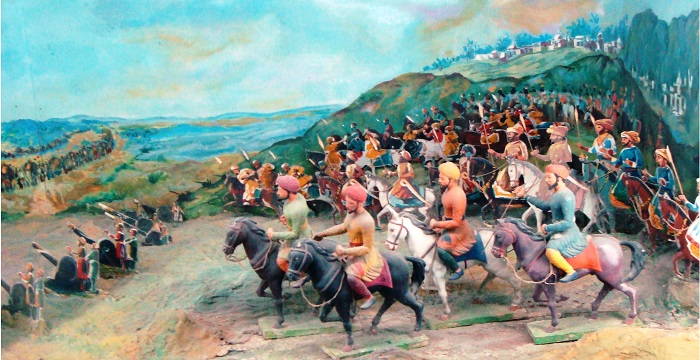
Final Phase of the Battle: The Turning Point
Till the end of second phase it looked like the Marathas would clinch the victory. But Abdali was clever enough to keep large troop of cavalries under reserve. When the fresh troop started attacking the half starved Marathas, they started breaking down quickly. The picture of the battle started changing quickly, as Bhau didn’t kept any force under reserve.
Vishwas Rao, realizing the situation, came down from his elephant trying to lead the attack. Soon he was shot on the head by the Afghan riflemen. Sensing the opportunity, the Afghan prisoners from Kunj Pura, started escaping themselves and attacked within the Maratha camp. It created a great confusion in Maratha soldiers. Many of them started escaping from the battle fiend leaving their position. The disarray in the Maratha flanks, made things much easier for the Afghans.
The Maratha soldiers didn’t counter Abdali’s camel mounted canons and moving artilleries. Their static artillery wasn’t effective enough in Third Battle of Panipat. Bhau with the Royal Maratha Forces kept fighting till the end. But it wasn’t good enough to enforce the result in favor of them. The Maratha artillery units continued fighting until sunset. But many of the Maratha troops escaped that night, ensuring the defeat.
Consequences of Third War of Panipat
1. Battle casualties
Afghan cavalry including spearmen continued killing Maratha soldiers who escaped from the battle. Not only that, Durrani permitted his soldiers to kill the Maratha prisoners, cold bloodedly. A large execution were therefore performed on the next day. According to various sources, about 40,000 Maratha prisoners were brutally beheaded on the next day. About another 20,000 of women and children were taken away as slaves.
Ibrahim Khan Gardi was tortured heavily for being in Maratha side as a Muslim and executed by Afghan soldiers. Jankoji Scindia was imprisoned but killed on the next day. Parvati Bai, the wife of Bhau, however was saved and returned to Pune. Marathas successfully recovered the bodies of Vishwas Rao and Bhau. The final rituals were performed as per Maratha traditions.
Abdali had also suffered from heavy casualties on his side despite he won the battle. He wrote a letter to Peshwa of Pune on 10 February 1761. In his letter he mentioned that he was not the one who attacked Maratha army at Panipat. But he was just defending himself. It therefore, eventually ended Indo-Afghan clash for next few years.
2. Political changes
Peshwa Balaji Baji Rao, was coming with necessary reinforcements. But he returned back to Pune when he heard of the defeat. However, he never could recover from the shock of what happened at Panipat.
Ahmad Shah also appointed Najib ud Daulah as his puppet regent to the Mughal Emperor in Delhi. In return, Najib agreed to pay a huge tribute to Abdali every year, on behalf of the Mughal king. However, it became the final major expedition to North India from Ahmad Shah Abdali. His losses in the battle and further rise of the Sikhs in North India was the major reason behind it.
Third battle of Panipat result imposed a temporary halt of further Maratha advances in the north. After ten years of the defeat at Panipat, in 1771, Peshwa Madhav Rao sent Mahadji Shindia with a large Maratha army into northern India. The expedition successfully re-established Maratha domination in that area.
Major Reasons Why Maratha Army Lost at Panipat
The greatest historic battle of 18th century had few factors which lead to the Loss of the Marathas.
1. Maharaja Suraj Mal factor
The Jats of Bharatpur under Maharaj Suraj Mal had joined Sadashiv Rao Bhau initially. Their joint army captured Delhi, from an Afghan garrison in December 1759. Maharaj Suraj Mal was interested about the Delhi throne. But the Marathas preferred Shuja ud Daulah to utilize his 50,000 cavalry strength. Had the Marathas, successfully convinced Shuja, the result of third battle of Panipat could be a different result. However, it backfired badly as neither Shuja nor Maharaj Suraj Mal joined the Maratha Army.
2. Strength of army
The combined Afghan army strength was much larger Maratha army. The moving heavy artillery of Afghans was much more effective against the static Maratha artillery. On the other hand none of the Hindu kingdoms had agreed to participate in the battle for the Maratha. When Maharaj Suraj Mal backed out himself, eventually no support left for the Maratha army. Hence lack of political support was a major reason for loss of the Marathas at Panipat.
3. Ignoring Political and Military situation
Sadashiv Rao Bhau, despite of his all bravery, ignored the political situations in North India. Ignoring the huge army formation by Durrani was a big mistake. In fact, few of the Maratha commanders had already assessed the military situation in North India well. Commanders like Holkar also had suggested for their traditional Guerrilla warfare.
Long two months disconnect from their military base at Delhi was another major impact. The long wait leaving the soldiers under starvation proved to be costly in the battle field.
4. Lack of Efficacy in the Battle Field
Ahmad Shah Abdali had showed lot more superiority in organizing his troops and operating them effectively. Despite of suffering havoc damage in first two phases of the battle, utilized his remaining resources smartly. His reserve forces with fresh energy were extremely effective against half starved Maratha soldiers. More importantly, his other troops didn’t leave their stand even after the high intensity attacks led by Bhau. But on the other hands, Maratha troops at the back were completely disarrayed, while the frontline kept fighting.
Final Takeaway from the Battle of Panipat
The third battle of Panipat was fought to protect India from the external raids. Despite of Maratha defeat, Abdali had lost a very large part of his army. He couldn’t further raise his army to invade India again. Despite of the mistakes made by the Maratha army, their sacrifices to protect India was matchless. Sadashiv Rao Bhau didn’t care to fight against a much larger army strength to protect his motherland.
It took ten years to raise an army and send another expedition to North India. The expedition was extremely successful and they continued to defend the city. In the year 1803 when the Marathas lost to the East India Company, the British rule started in Delhi.
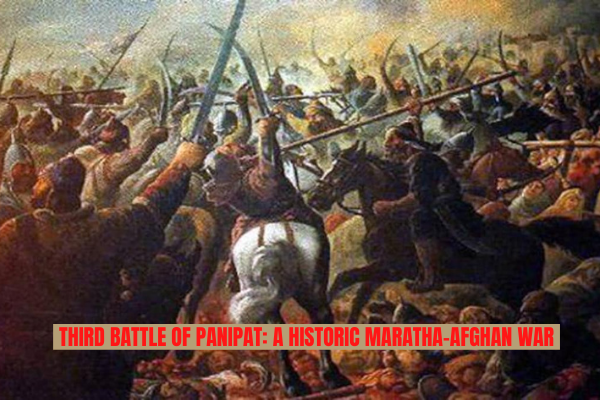
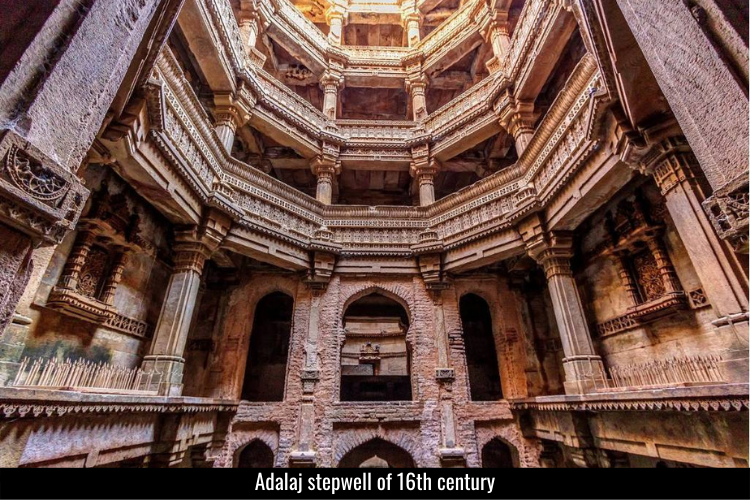
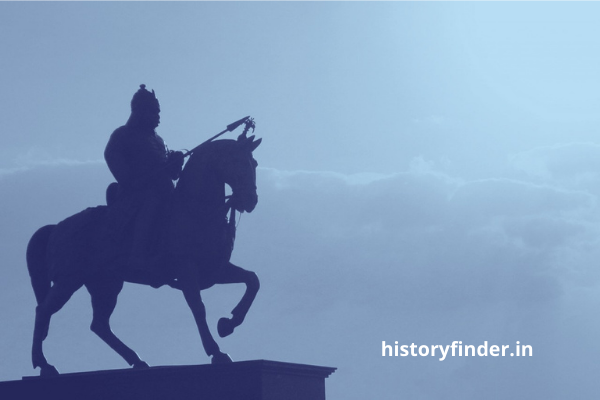
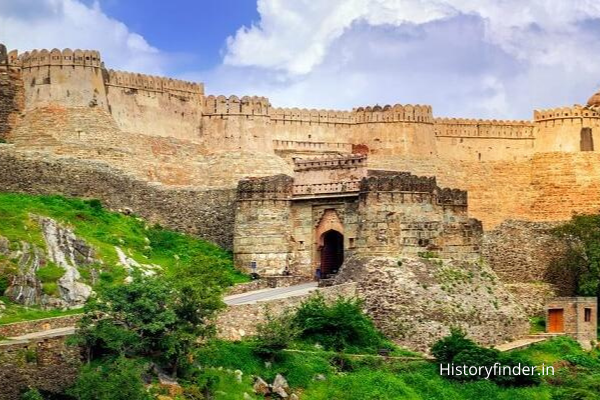
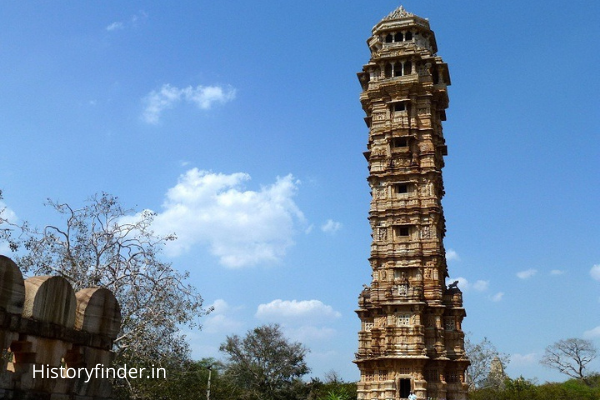
Pingback: First battle of Panipat: reasons and consequences - History Finder